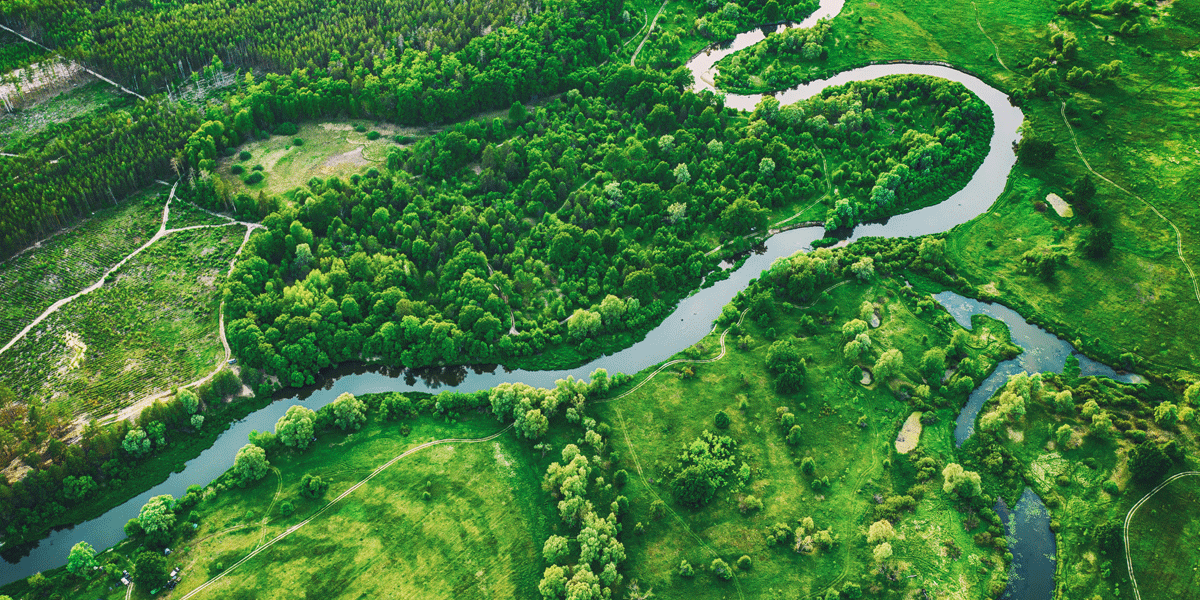When did global warming start?

Climate change is the great challenge of our times, and is intricately interwoven with other issues of social, environmental and political import. Though the topic has only been prominent in mainstream discourse for a few decades now, the origins of global warming go back further than our conversations about it. Increasingly, even those who once traced the first signs of global warming to a particular era are arguing that the seed for this problem was planted earlier than was previously thought.
The Industrial Age and global warming
Scientists generally have argued that man-made climate change caused by greenhouse gas emissions began in the late 1800s. But an important 2016 study, published in the journal Nature, indicated that the Earth might have warmed about a third of a degree Fahrenheit, or .2 degrees Celsius, in the years between 1850 and 1880. (To put that in context with more contemporary rates of global warming, from 1986 to 2016, the planet warmed by about nine-tenths of a degree).
The study shifted the understanding of many in the scientific and international community about when climate change and man-made global warming began. It drew from a register of tropical sea surface temperature dating back to 1500, documented through fossilized coral and small sea organisms. (These are invaluable as natural recorders of previous sea temperatures). Its data suggest that the effects of greenhouse gases on the climate are more immediate than previously believed, which carries implications for how policymakers, individuals and other key stakeholders should approach climate change in current and future eras.
Not all scientists are on the same page about exactly how early the warming began, though. Some say that prior to the heavy onslaught of industrial changes (and resultant pollution) brought on at the end of the 19th century, any warming prior to that time was just “the Earth’s natural reaction to a cooling effect produced by volcanic eruptions in 1815,” as noted in the Christian Science Monitor.
Additionally, some researchers have noted the complexity of defining and neatly bifurcating the “pre-Industrial” and “Industrial” ages – even those who were behind the landmark 2016 study. As noted by Carbon Brief, even if scientists had flawless data from all time periods concerned, choosing a single moment that ushered in the Industrial Age would be complicated. Crucially, noting an indicator or sign of climate change in temperature recordings does not necessarily mean that is when the actual warming began.
It’s by measuring the long arc of data over time that the 2016 researchers reached this conclusion about when global warming became an issue. Nerilie Abram, the study’s lead author, noted that anyone living in the 1830s or the 1890s “would not have been able to distinguish that there was this change afoot. It’s by having this long record now that extends almost 200 years from that point that we can go back and say, ‘Well, this was when the changes first started.’”

Why understanding when global warming began matters
Understanding how quickly the Earth has responded to greenhouse gases at the beginning of the industrial era — however imperfectly it is defined – has helped scientists better grapple with the issue of climate sensitivity. And, Abrams argues, there is reason to be optimistic about the findings on oceans’ sensitivity: provided we commit to reducing greenhouse emissions, some areas of the world may see quick improvements.




